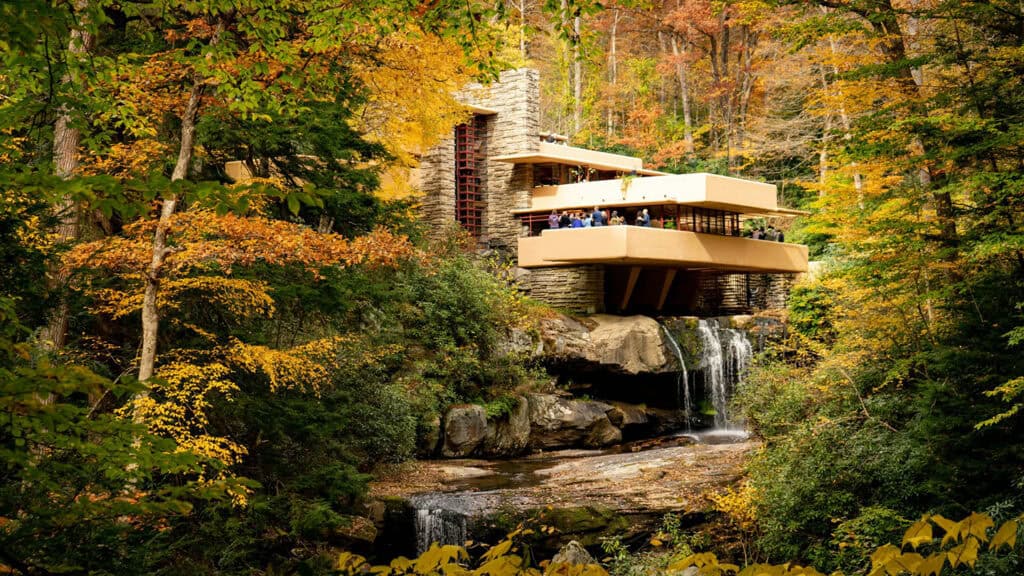
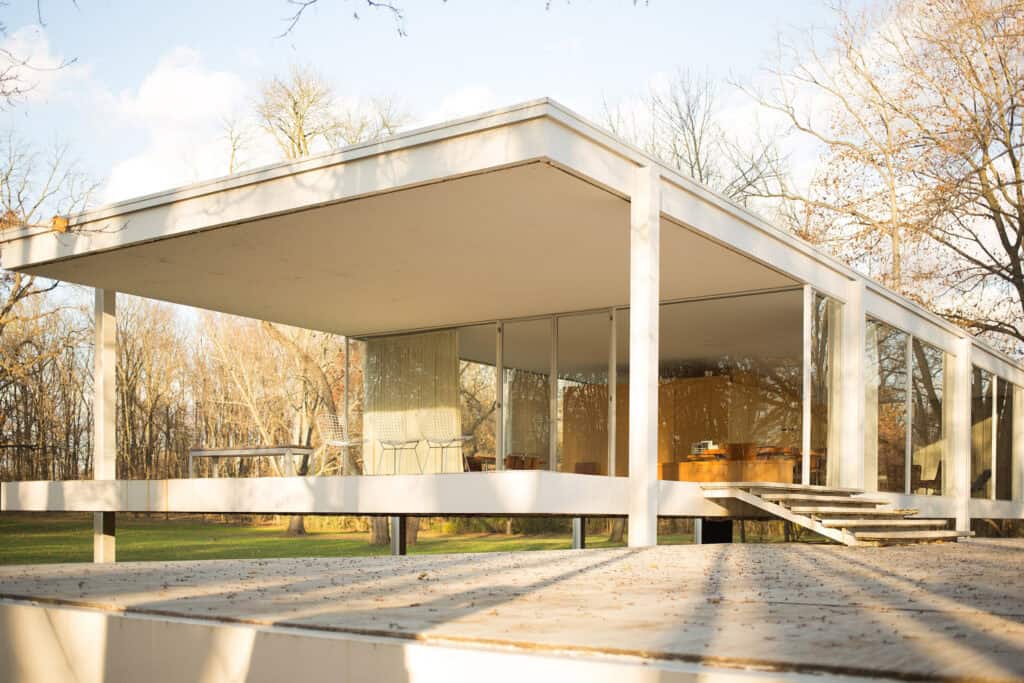
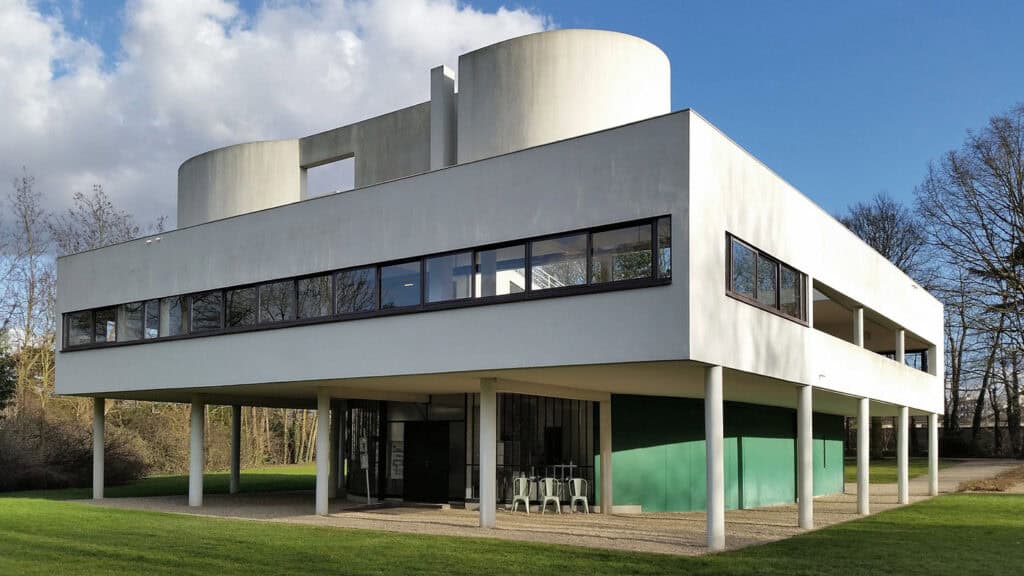
Are you captivated by the revolutionary designs of the 1960s? This era’s architecture broke free from tradition, introducing innovative styles that continue to influence modern design.
As an architecture enthusiast, you value the unique mix of history, culture, and technology from this period. Exploring 1960s architecture offers insights into how these elements shape our current landscape.
At Landmarks Architects, we recognize the importance of this era and are here to guide you through its key developments. With our expertise in architectural history and innovative design, we provide a detailed analysis of this transformative decade.
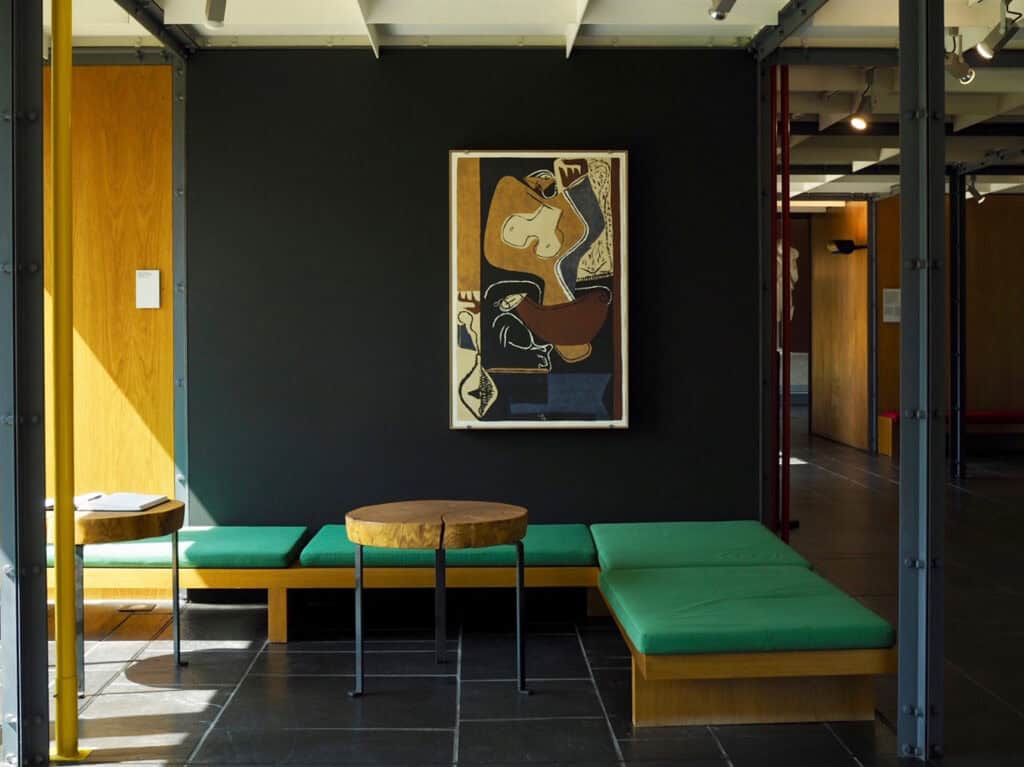
In this article, we will cover:
- Post-War Influence: The impact of WWII on modernist design.
- Social and Cultural Changes: How the space age and new technologies influenced architecture.
- Technological Advancements: The rise of new materials and construction methods.
Ready to explore the iconic styles and projects of the 1960s? Keep reading to discover the defining characteristics and influential architects that left a lasting mark on architecture.
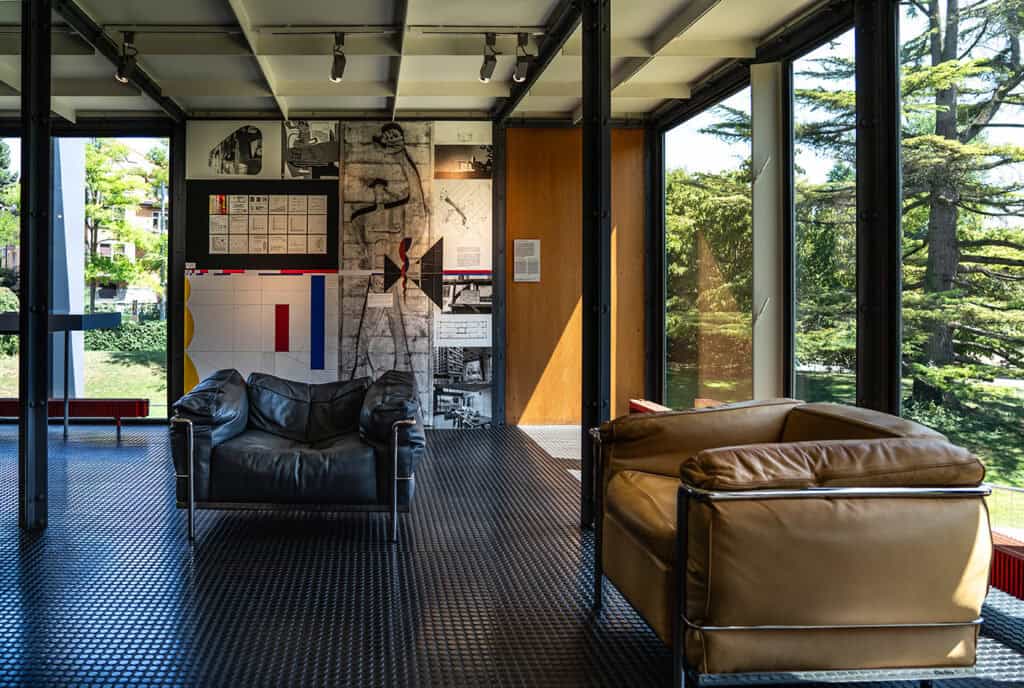
3 Major Historical Contexts
1. Post-War Influence

The aftermath of World War II marked a turning point in the architectural world. The transformational era brought about breaking free from traditional styles and paved the way for new-generation architects to experiment with modernist design.
2. Social and Cultural Changes
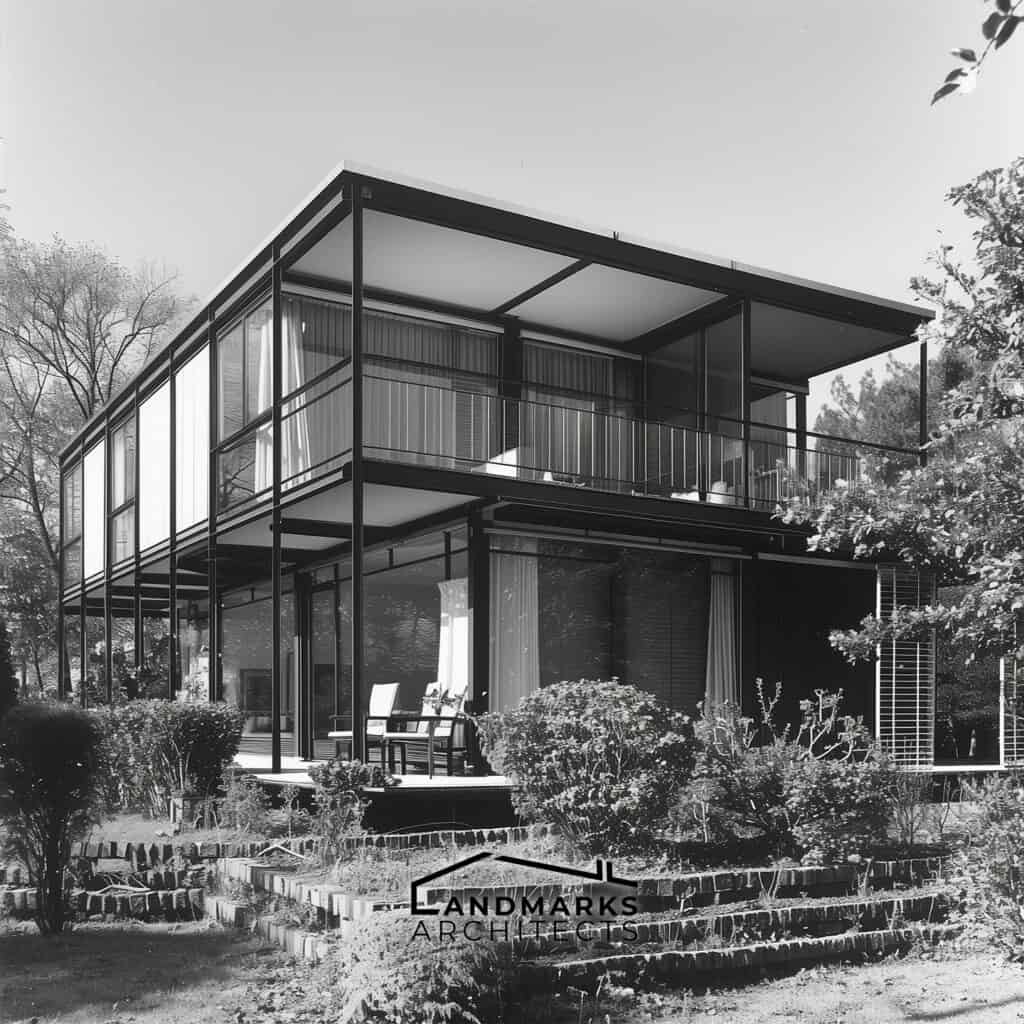
Social and cultural changes in the 1960s, influenced by the space age and technological advances, led architects to adopt new designs using prefabricated materials and reinforced concrete for faster, more efficient, and innovative construction.
3. Technological Advancements

Advancements in technology also led to the emergence of new materials, which allowed architects to break free from traditional constraints. The use of concrete construction became more prevalent, and architects began to experiment with new forms and shapes.
4 Defining Characteristics of 1960s Architecture
1. Modernism

Modernism, the dominant 1960s architectural style, emphasized analytical, functional design using new materials like reinforced concrete and prefabricated elements. It featured sleek, minimalist spaces with muted, neutral color palettes and monochromatic schemes.
2. Brutalism
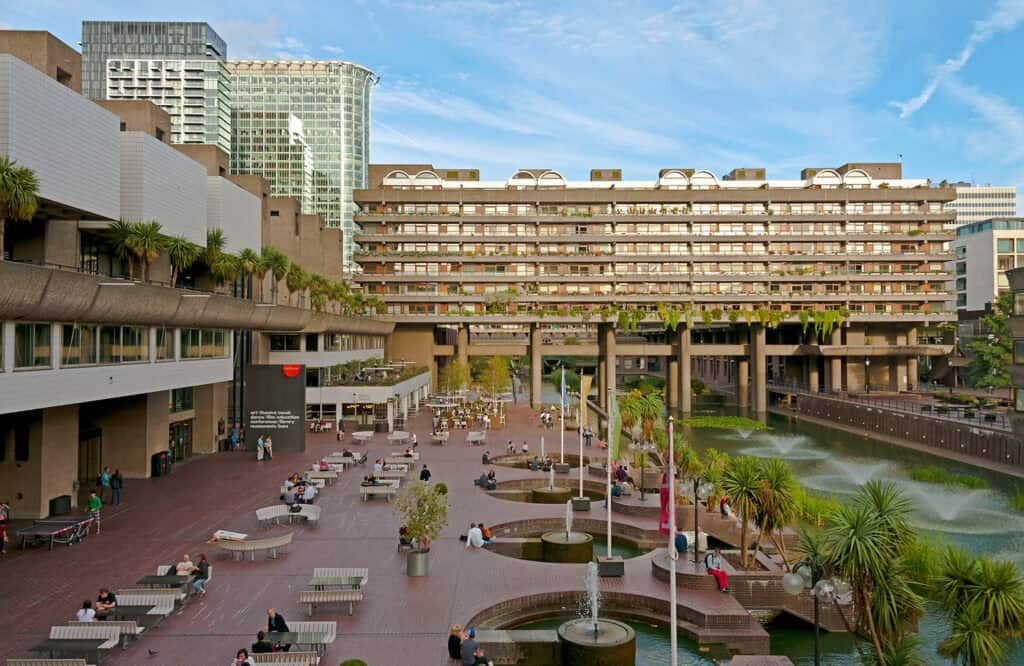
Brutalism emerged in the mid-20th century, characterized by raw, exposed concrete surfaces and bold geometric forms. This architectural style often conveys a sense of strength and functionality.
See also: Brutalist Interior Architecture
3. Organic Architecture

Organic architecture was another style that gained popularity in the 1960s. This style emphasized the use of natural materials and the integration of buildings into their natural surroundings. Architects sought to create harmonious living spaces that were in tune with the environment.
4. Pop Art Influence

The Pop Art movement had a significant influence on architecture in the 1960s. Architects incorporated bold colors and playful designs into their buildings, often using unconventional materials such as lava lamps and other pop culture references.
4 Renowned Architects and Their Masterpieces
1. Le Corbusier
Le Corbusier was a Swiss-French architect who was one of the pioneers of modern architecture. Le Corbusier’s chief contribution to modern architecture was his concept of the “Five Points of Architecture”, which included the use of Pilotis, a roof garden, an open floor plan, long windows, and open facades.
Some of his notable works include the Unité d’Habitation in Marseille, France, and the National Museum of Western Art in Tokyo, Japan.
2. Louis Kahn
Louis Kahn was known for his use of Appropriate and often natural and traditional materials and his emphasis on creating a sense of monumentality in his buildings. Kahn’s chief contribution to modern architecture was his use of light and shadow.
Some of his notable works include the Salk Institute in San Diego, California, and the National Assembly Building in Dhaka, Bangladesh.
3. Paul Rudolph
Paul Rudolph was one of the chief architects of the transformational era of American architecture in the 1960s. Rudolph’s chief contribution to modern architecture was his use of space and his ability to create a sense of movement and flow in his buildings.
Some of his notable works include the Art and Architecture Building at Yale University and the Lippo Centre in Hong Kong.
4. Ludwig Mies van der Rohe
Ludwig Mies van der Rohe, a pioneering figure in 1960s architecture, is renowned for his iconic phrase “less is more,” which encapsulates his minimalist design philosophy. His approach focused on simplicity, clean lines, and the innovative use of materials like steel and glass.
Mies van der Rohe’s influential works include the Seagram Building in New York City and the Farnsworth House in Illinois.
6 Iconic Buildings and Projects from the 1960s
1. Vanna Venturi House (Modernist)
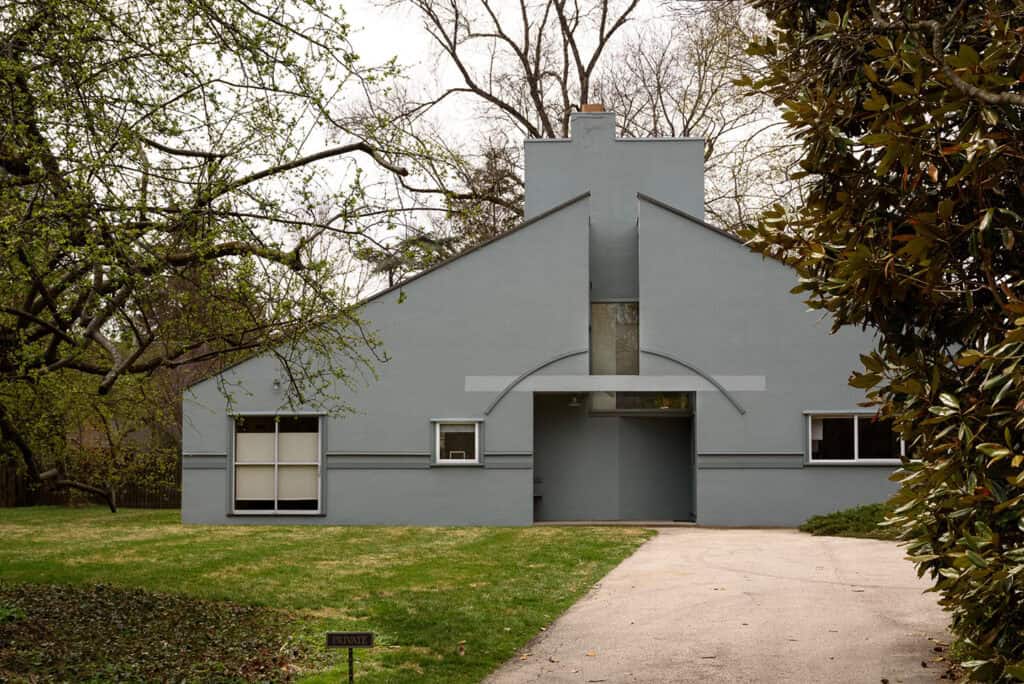
One of the most iconic buildings of this era is the Vanna Venturi House in Philadelphia, designed by Robert Venturi. This residential project is a prime example of postmodernism, with its playful use of color and reference to historical architectural styles.
2. Transamerica Pyramid (Modernist)
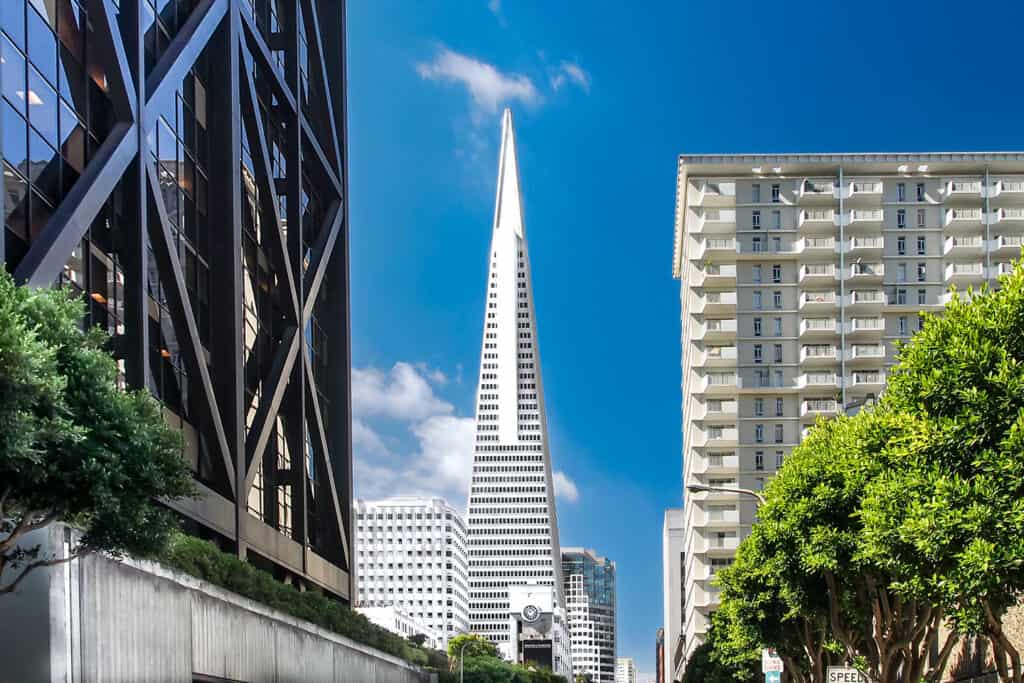
Another notable example of modernist architecture is the Transamerica Pyramid in San Francisco. Designed by William Pereira, this office building is a symbol of the space age and features a unique triangular shape that is instantly recognizable.
3. Boston City Hall (Brutalist)
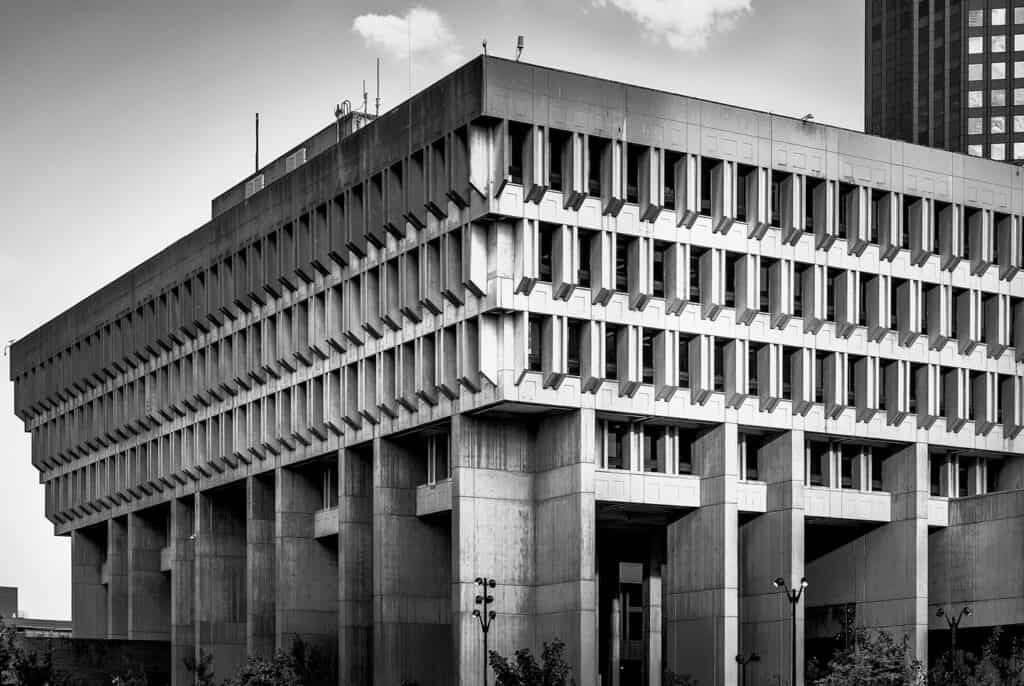
Brutalist architecture was also popular in the 1960s, with its emphasis on raw concrete construction. One of the most famous examples is the Boston City Hall, designed by Kallmann, McKinnell, and Knowles.
4. Sydney Opera House
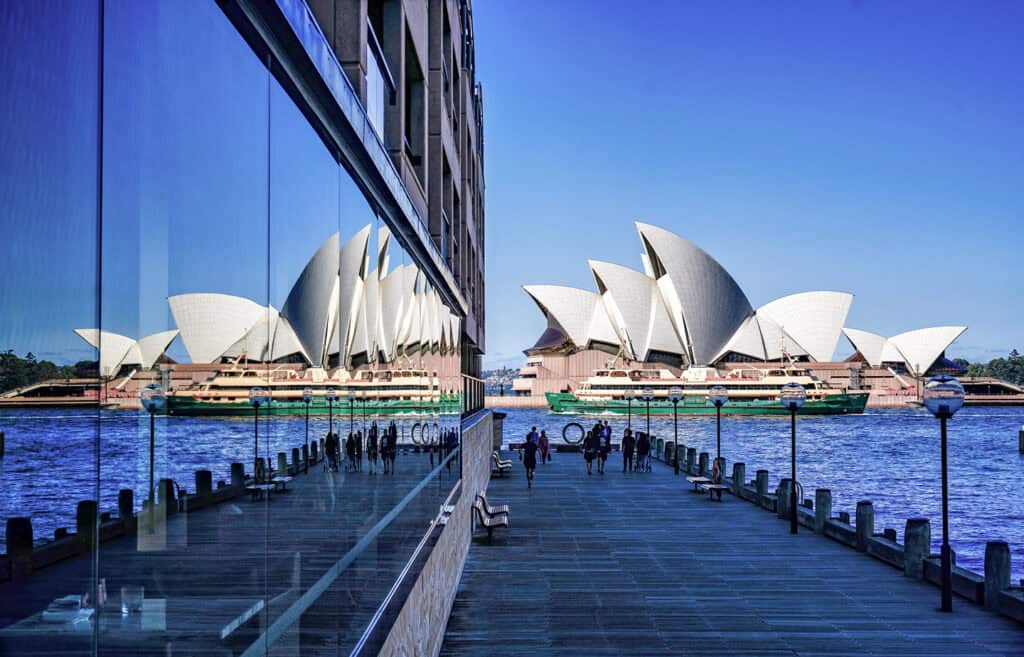
The 1960s was a transformational era for public and civic buildings, with architects experimenting with new materials and design concepts. One of the most notable examples is the Sydney Opera House, designed by Jørn Utzon.
5. Farnsworth House

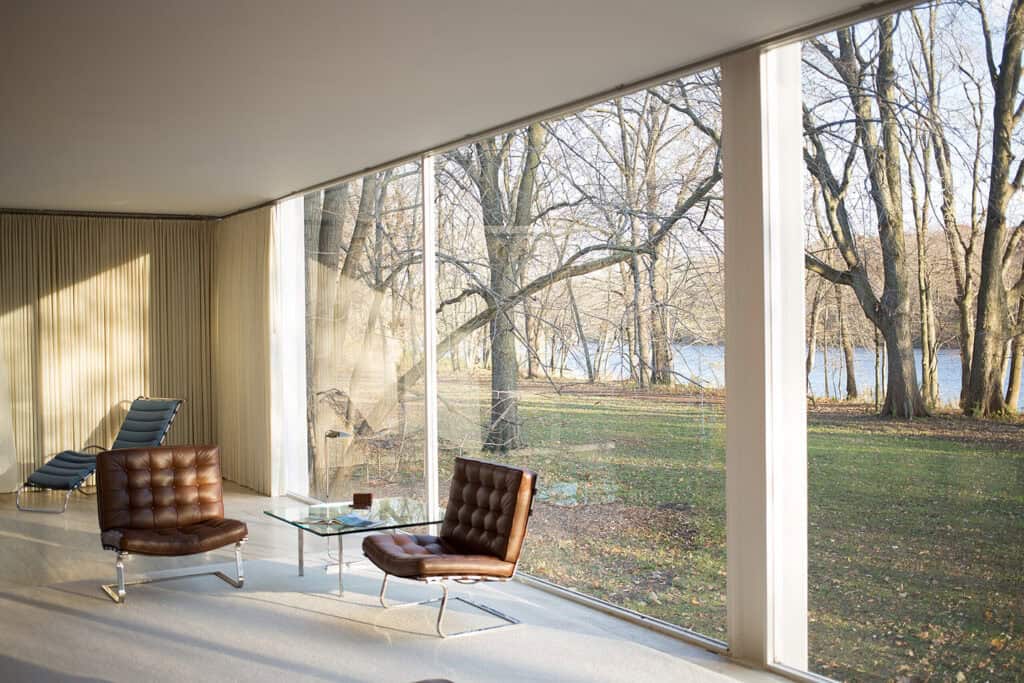
The 1960s saw a shift towards modern design in residential projects, with architects using reinforced concrete and prefabricated materials to create innovative living spaces. One of the most famous examples is the Farnsworth House, designed by Ludwig Mies van der Rohe.
5. Office Buildings
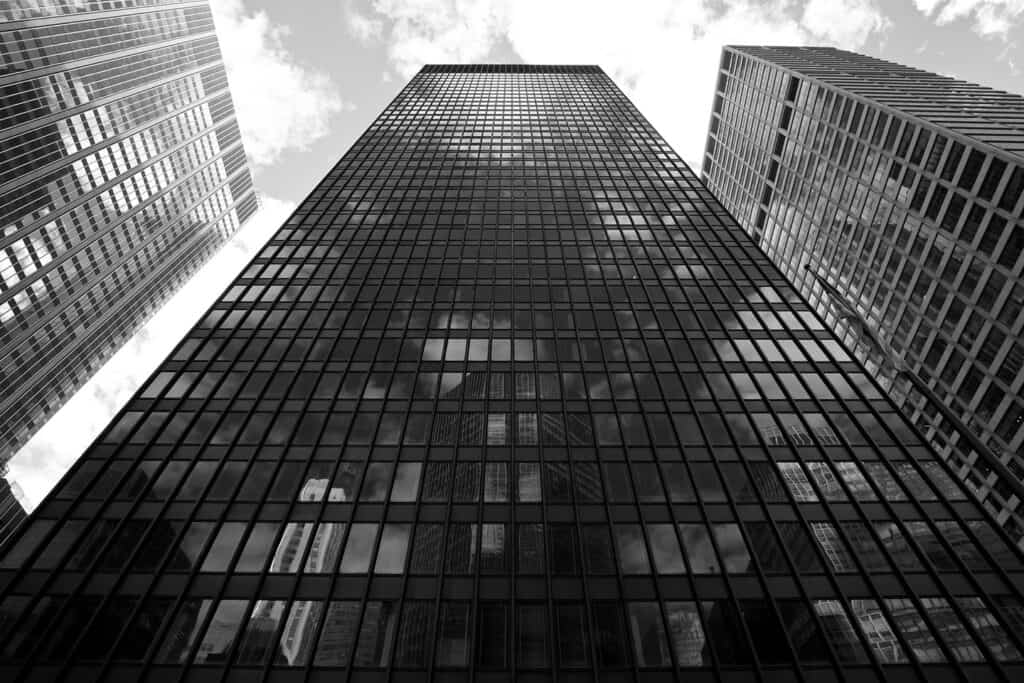

The 1960s also saw the emergence of new office buildings that reflected the changing needs of modern life. One of the most notable examples is the Seagram Building in New York, designed by Ludwig Mies van der Rohe and Philip Johnson.
1960s Style Architecture
The 1960s were a transformational era for architecture and design. The use of concrete construction and prefabricated materials allowed architects to create new forms and shapes, breaking free from traditional styles, while the International Style and Art Deco influenced the color palette and overall aesthetic. The new generation of architects had a bold vision for the future, influenced by modern art and modern life.
The legacy of 1960s architecture lives on in the present day. Gas stations, vacation houses, and office buildings all bear the mark of this transformative era. Today also modern design continues to evolve and inspire new generations of architects and designers.










